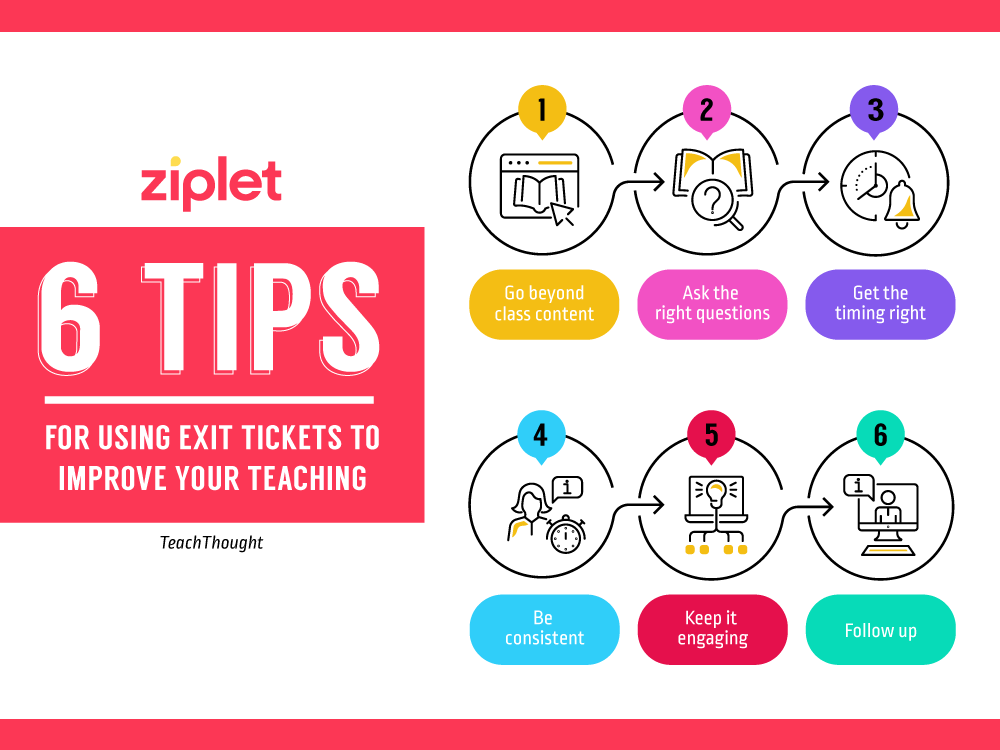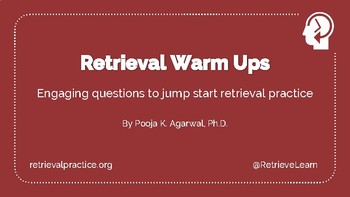Hi All! Thank you for all the wonderful discussions during PLC this week. Digging into our data is going to be so helpful as we work to support our kiddos in CORE and in Patriot Block.
I am so excited about the SMART goals we set as a school!
Check them out below!
Today, I have something pretty cool for you. A new tech tip! I am hoping this will be helpful when you are working in our slide shows especially for math.
How many time do you wish your screen was bigger so your students could see better? But you know if you U do that you will have to use present mode and lose the use of the manipulatives.
Whelp, worry no more!!!! There is a Google Chrome extension that can help with this!
This extension will allow you to present but also have access to the toolbar and any of the movable pieces in your slide show. In order to get back to your slide deck, you will just refresh your page.
Check out this video and see how it work!
I am thinking this will help tons with word problems, calendar time, and any other slide shows that you have with movable parts and pieces! Hope this helps!




























